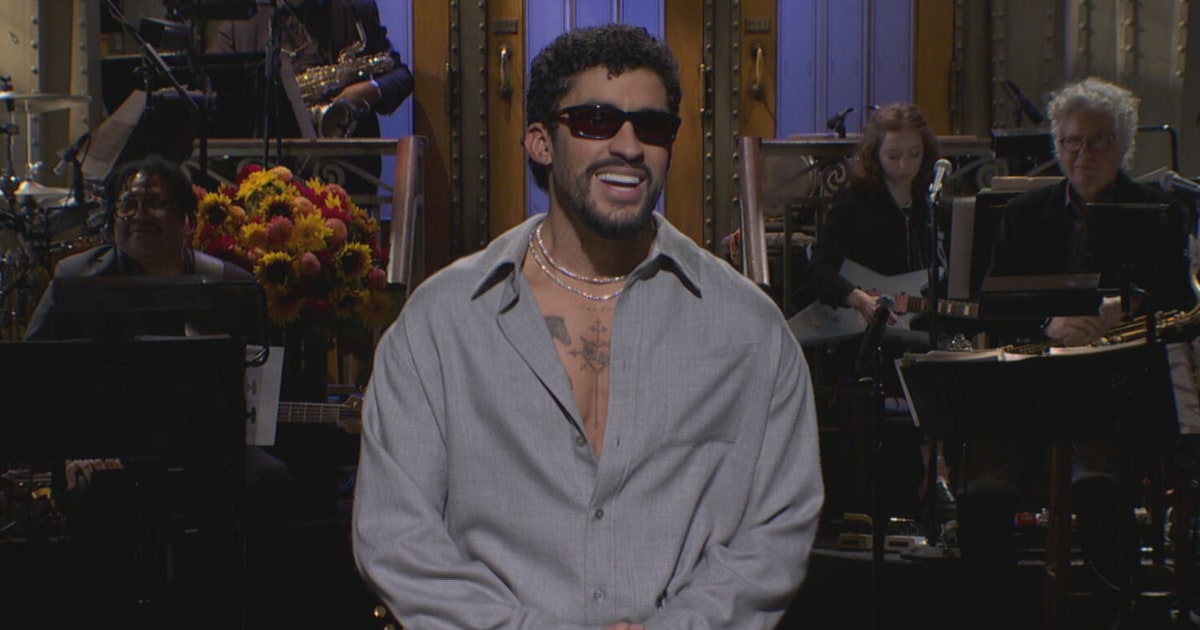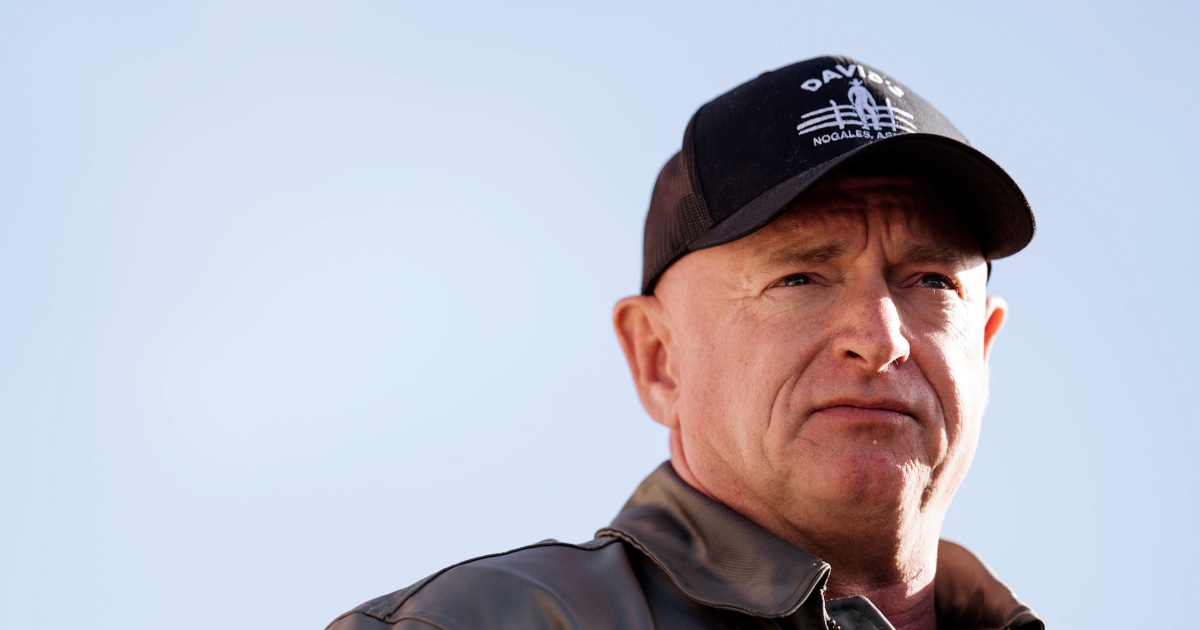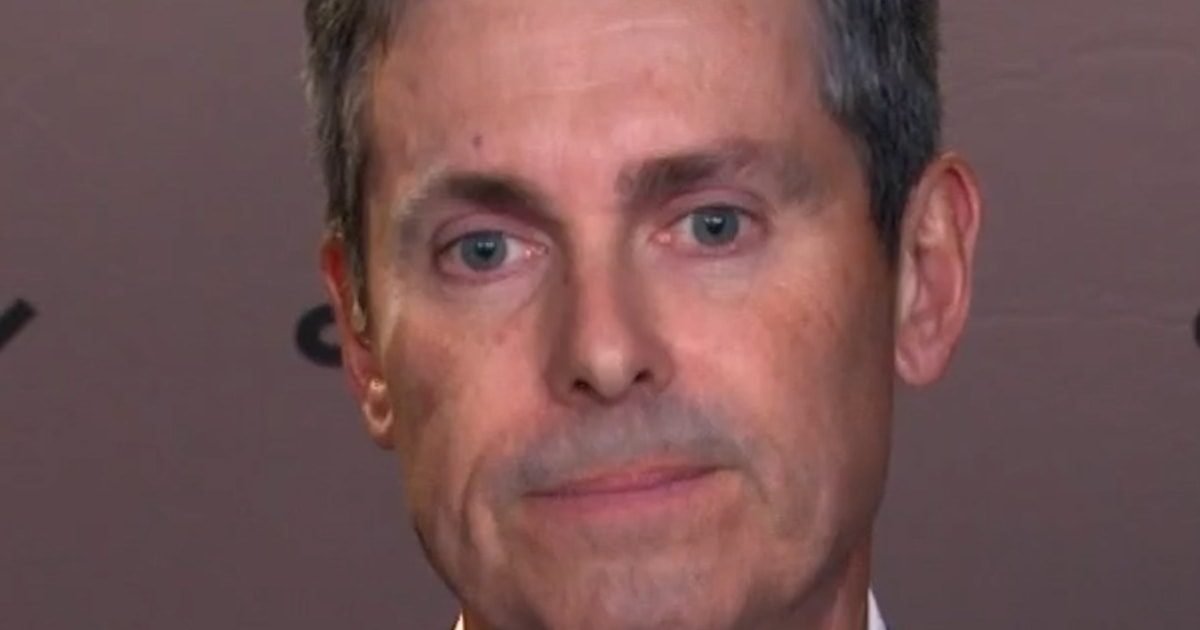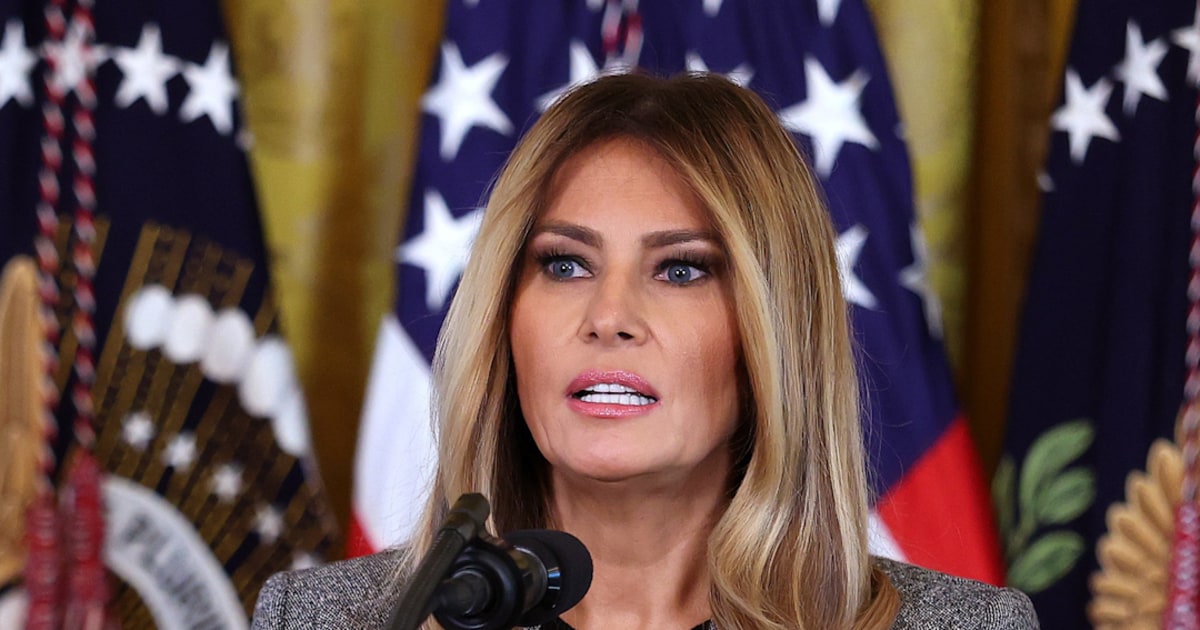“Saturday Night Live” returned after its 50th anniversary season by mocking President Donald Trump’s administration and also making a little fun of itself.
Source link
Savewith a NBCUniversal ProfileCreate your free profile or log in to save this articleOct. 5, 2025, 8:28 AM EDTBy Dennis Romero”Saturday Night Live” returned after its 50th anniversary season by mocking President Donald Trump’s administration and also making a little fun of itself. Puerto Rican musical sensation Bad Bunny returned to hosting duties amid conservative outcry at his selection as the 2026 Super Bowl halftime show performer.The cold open took viewers to Trump and Secretary of War Pete Hegseth’s meeting Tuesday with senior military officers from across the globe at the Marine Corps Base in Quantico, Virginia.Hegseth, played by “Weekend Update” co-host Colin Jost, was introduced by a colleague saying, “You will now be yelled at by a former Fox News host.”Jost’s Hegseth criticized the nation’s military branches for being out of shape. “Our military will now have the same rules as any good frat party: No fat chicks. And if you’re a fat dude, goddamn it you better be funny as hell,” he said.Trump, reprised by James Austin Johnson, said he showed up to the sketch to supervise the show.”I’m just here keeping my eye on ‘SNL,’ making sure they don’t say anything too mean about me,” he said, a seeming reference to Jimmy Kimmel’s briefly being taken off the air.Noting last season’s 50th anniversary celebrations, Johnson’s Trump said, “They should have called it at 50, right? So sad to see something get old and confused, and yet still demand your constant attention.”The 51st season, he said, was “off to a rough start.””Seventeen new cast members and they got the ‘Update’ guy doing the cold open,” Trump said.The night’s host, Bad Bunny, addressed the controversy over his scheduled performance at the 2026 Super Bowl.”I’m very happy and I think everyone is happy about it, even Fox News,” he said during the show’s opening monologue. The line was followed by a quick cut of Fox News hosts and commentators each saying one word that, in a sentence, stated, “He should be the next president.”Bad Bunny’s scheduled halftime performance has drawn the attention of U.S. Immigration and Customs Enforcement. He is a U.S. citizen. Some right-wing commentators have criticized the NFL’s halftime curation by noting Bad Bunny performs predominantly in Spanish, the country’s second most-spoken language.The performer, who recently wrapped up a residency in Puerto Rico, chose not to include U.S. locations for this concert tour this year, explaining in September that he feared they would draw immigration agents.Secretary of Homeland Security Kristi Noem said Friday on a podcast that ICE agents would be “all over” the Super Bowl, scheduled for Feb. 8 in Santa Clara, California.During the monologue, Bad Bunny included some words in Spanish on his choice as halftime performer, words he dedicated to “all the Latinos and Latinas in the entire world and here in the United States.””More than being an accomplishment of mine, it’s an accomplishment for everybody, demonstrating that our mark and our contribution to this country will never be able to be removed or erased by anybody,” he said in Spanish.He added, in English, “If you didn’t understand what I just said, you have four months to learn.”Bad Bunny’s hosting duties Saturday marked a milestone for the show. He helped “SNL” wrap its 50th season by appearing as its musical guest, and NBC said it was the first time an artist had been billed on the last show of a full season and the first show of the next.NBC said Bad Bunny first appeared on “SNL” in a Kenan Thompson sketch about baseball legend David Ortiz in 2020 before performing music on the show the next year.The artist also connected with global K-pop fans. A sketch about friends catching up at a restaurant after years apart featured a surprise cameo from some of the singing stars of “KPop Demon Hunters,” the hit animated Netflix movie about a K-Pop group who are undercover demon hunters. They performed part of their song “Golden,” which has topped Billboard charts for 11 weeks.“It’s actually not for kids,” he says of the trio. “It’s for smart adults.””SNL” had big shoes to fill after that 50th season, which included an anniversary special, a docuseries on the show’s history and a look back at its musical guests throughout the years.For Season 51, “SNL” welcomed five new performers with comedic or improvisational comedy background: Tommy Brennan, Jeremy Culhane, Kam Patterson, Veronika Slowikowska, and Ben Marshall, an “SNL” writer for three seasons and member of comedy group Please Don’t Destroy.Several cast members did not return for the new season, including Ego Nwodim, Heidi Gardner, Devon Walker, Michael Longfellow and Emil Wakim.Doja Cat made her debut as an “SNL” musical guest. The show also featured Hollywood heavy-hitters Jon Hamm and Benicio del Toro.Hamm (or, as Bad Bunny put it, “Juan Jamón”) showed up as a Bad Bunny fan and later as Profesor Jirafales in a parody of the classic Mexican comedy series “El Chavo del Ocho.”Del Toro made a cameo in a sketch set in 900 A.D. about the origins of Spanish, asking, “What if we made it harder to learn?”He also suggested the letter “R” should last “a long time,” and said, “I think we should take a nap in the middle of the day.”“SNL” airs on NBC, a division of NBCUniversal, which is also the parent company of NBC News.Dennis RomeroDennis Romero is a breaking news reporter for NBC News Digital.




